We are probably all familiar with the Christmas story. We can picture Mary and Joseph arriving in Bethlehem, only to be turned away by the innkeeper. In the next scene, we see the stable. Mary and Joseph kneel next to the newborn baby Jesus, wrapped in swaddling clothes and lying in a manger. There are barnyard animals in the background. The shepherds and wisemen are there to worship the newborn king. And the Christmas star, shining bright, hangs above the stable.
But is that what the gospel writers actually portrayed? And, what does archaeology say about the Christmas story? A careful reading of the gospel text —along with linguistic, archaeological, and historical studies— sheds additional light on the story that we know and love.
The views expressed here reflect those of the author mentioned, and not necessarily those of New Creation.
Away in a Manger
Where was Jesus Born?
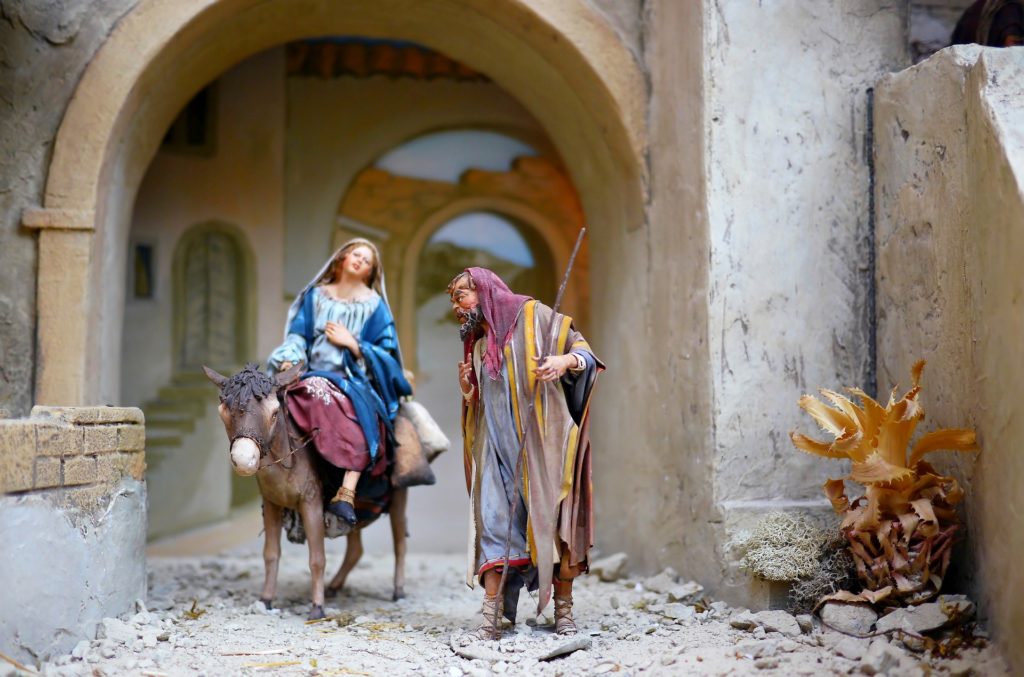
According to Luke 2:3, Joseph and Mary traveled to Bethlehem for a census.1 Since Bethlehem was Joseph’s ancestral home, he would have had extended family living there. It seems very likely that a family member would have extended hospitality to the couple, especially since Mary was due to give birth soon. So, where does the innkeeper fit into this picture? If Joseph had relatives with whom he could stay in Bethlehem, why would he go to an inn?
Was He Born in a Stable Near an Inn?
Luke, who wrote the Christmas story, was familiar with public inns. In the story of the good Samaritan, he wrote about an inn, using the Greek word pandocheion (Luke 10:34). Yet, this is not the word that appears in the Christmas story. Here, Luke used the Greek word kataluma (Luke 2:7). A word study reveals that Luke also used the word kataluma in Luke 22:11, where he is referring to the upper room in which the Last Supper took place. In that context, it almost certainly refers to the upper room of a private home.2 It seems likely, then, that an innkeeper did not turn Mary and Joseph away from the inn. With relatives in town, they had no need to stay in an inn at all! Rather, there was no room for them in the upper room of a relative’s house.
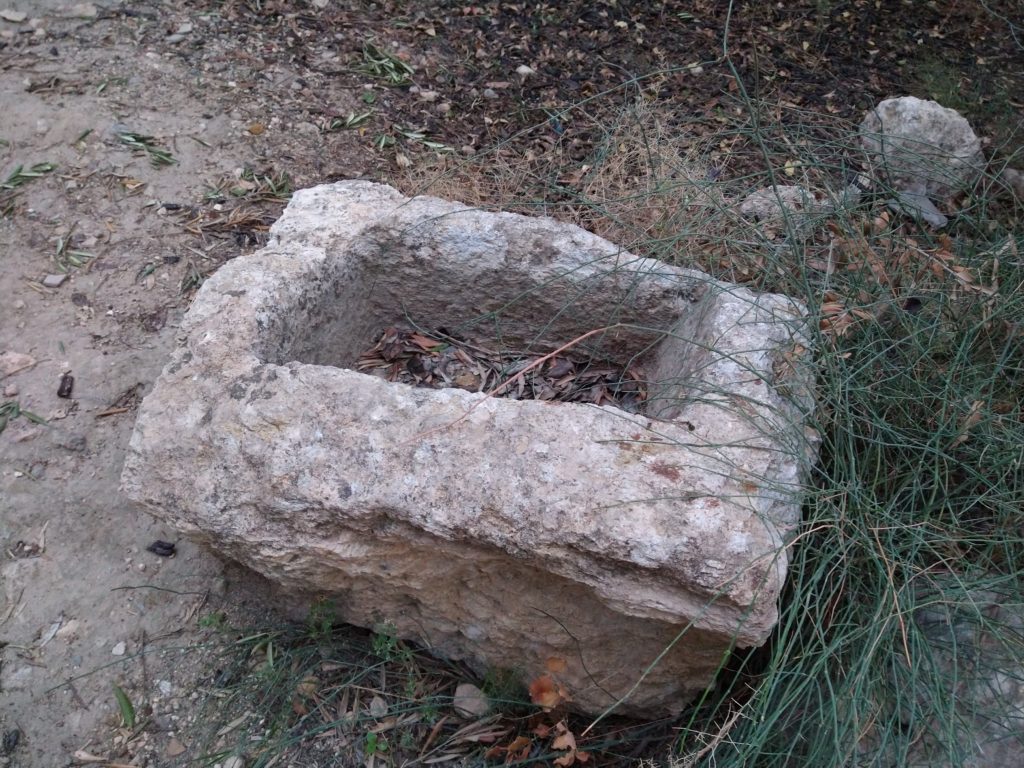
It is easy to assume that Jesus was born in a stable because Mary laid Him in a manger.3 Although animals and humans live in separate structures in many modern cultures, this was not the case in the ancient world. In first-century Bethlehem, livestock owners might leave flocks of sheep or goats in the fields at night under the care of a hired shepherd. More valuable animals, however, would spend the night in the family home.4 A room on the ground floor of the house would function as a stable area. The animals would stay in this area while the family slept upstairs. This both protected the animals and provided warmth for the family sleeping above.
Was He Born in a Private Home?
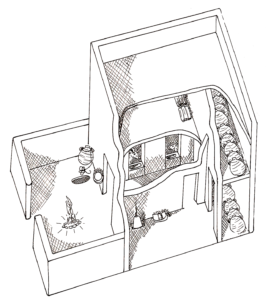
From this understanding of first-century Jewish culture, a picture emerges that is quite different from that which you might find depicted on a Christmas card. It seems likely that Joseph and Mary arrived in Bethlehem and went to the home of a distant relative. The high cultural standards for hospitality would have dictated that these relatives should provide a place for Mary and Joseph as long as they needed it. However, their upper room (kataluma) was already occupied, and there was no room for Mary and Joseph to stay there.
However, rather than turning the couple away, these relatives must have prepared a place for them to stay on the ground floor of the home. Typically, the ground floor of a first-century Jewish home included a kitchen area and a storage area in addition to the stable area mentioned above. After Jesus was born, Mary laid him in a manger, a central location where she could easily access him from anywhere on the main floor of the house.
Was He Born in a Cave?
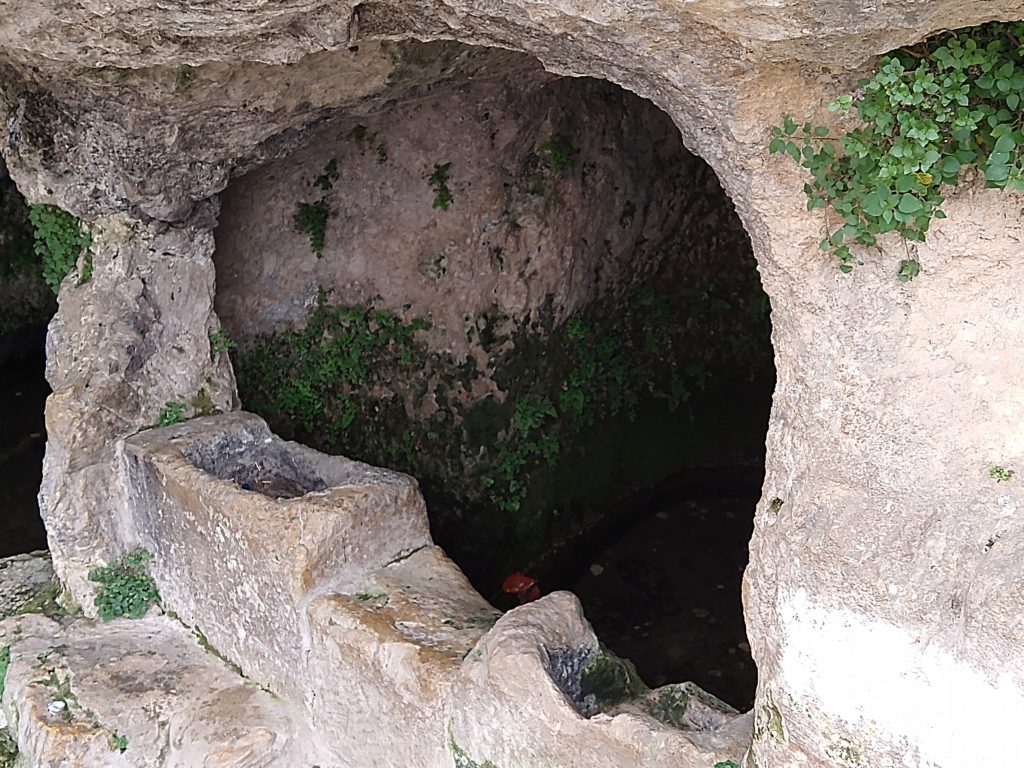
According to Justin, who wrote in the second century AD, Jesus was born in a cave.5 The Church of the Nativity marks the traditional birthplace of Christ. It stands over a cave that early Christians believed to be the location of His birth. Queen Helena, the mother of Emperor Constantine, visited the site in 325–326 AD. In 330 AD, Constantine commissioned the construction of a basilica church at the site.6
But, how does the tradition of Jesus’ birth in a cave fit with the evidence suggesting that he was born in a private home? Archaeological research suggests that it fits surprisingly well. The natural limestone bedrock in that region contains many caves, and first-century Jews made good use of them. Poor people made their homes in caves, while wealthier people often built their homes over or adjacent to caves in order to incorporate them into their homes. Caves made ideal cool storage areas as well as stables. Thus, it is quite possible that the birth of Jesus did occur in a cave as the tradition suggests. However, that cave was probably part of the ground floor of a private home in Bethlehem.
We Three Kings
Who Were the Magi?
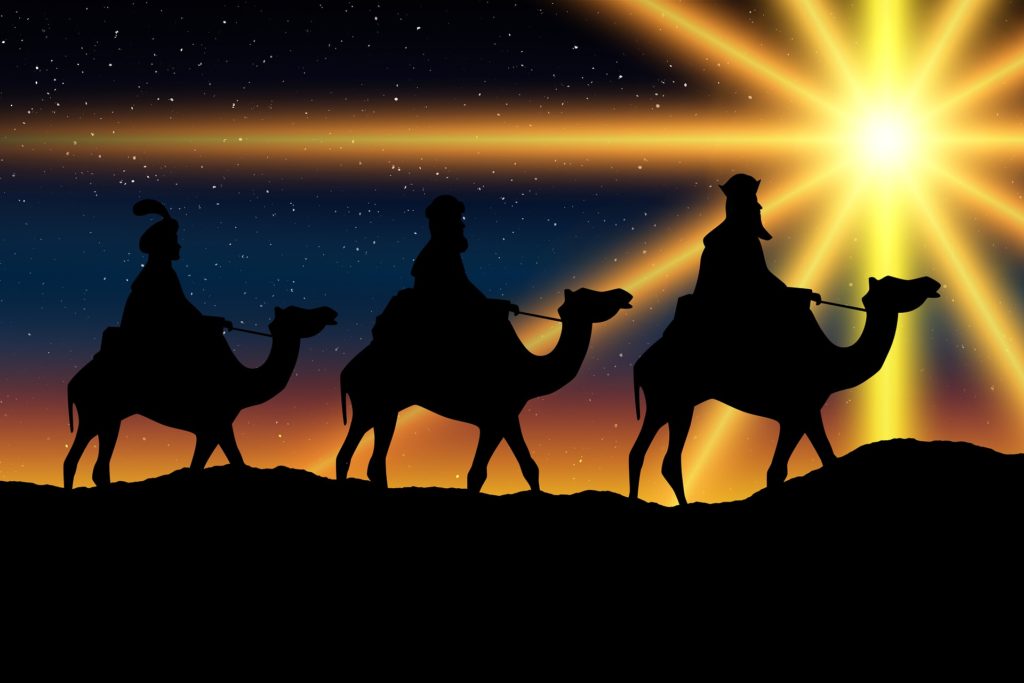
The Christmas story typically features three wise men, or magi, who come in search of the King of the Jews. Church tradition even provides them with names: Casper, Melchior, and Balthazar.7 However, the Bible does not specify the number of magi, only that they brought three gifts.
Matthew 2:1 records that the magi came from the east. The word magi is of Persian origin, so it is likely that the magi came from the region of Persia. Jewish exiles, including Daniel, had been taken captive to Babylon, which later became part of the Persian empire. Although some of the exiled Jews returned to Israel, others remained in Babylon. This may explain how the magi were aware of the Jewish scriptures that spoke of the coming King.8
The word magi comes from the Persian word that refers to practitioners of magic. According to Hellenistic authors, magi practiced astrology, magic, and dream interpretation. Magi held positions of respect, and often served as advisors to kings.9
An ancient manuscript known as The Revelation of the Magi claims to be a first-person account of one of the Magi who visited Jesus. The only known copy dates to the eighth century AD, but the narrative may have originated as early as the mid-second century AD. The story describes a group of at least twelve men, described as monk-like mystics, who visited Jesus. Despite claiming to be a first-hand account, the story is likely pseudepigraphal, meaning that a later author wrote the story in first-person as if he were present when it happened. While the details in this account may not be accurate, its existence demonstrates an early and widespread knowledge of the event which would otherwise be fairly obscure, since Matthew is the only gospel writer to mention the magi.10
When did the Magi Arrive?
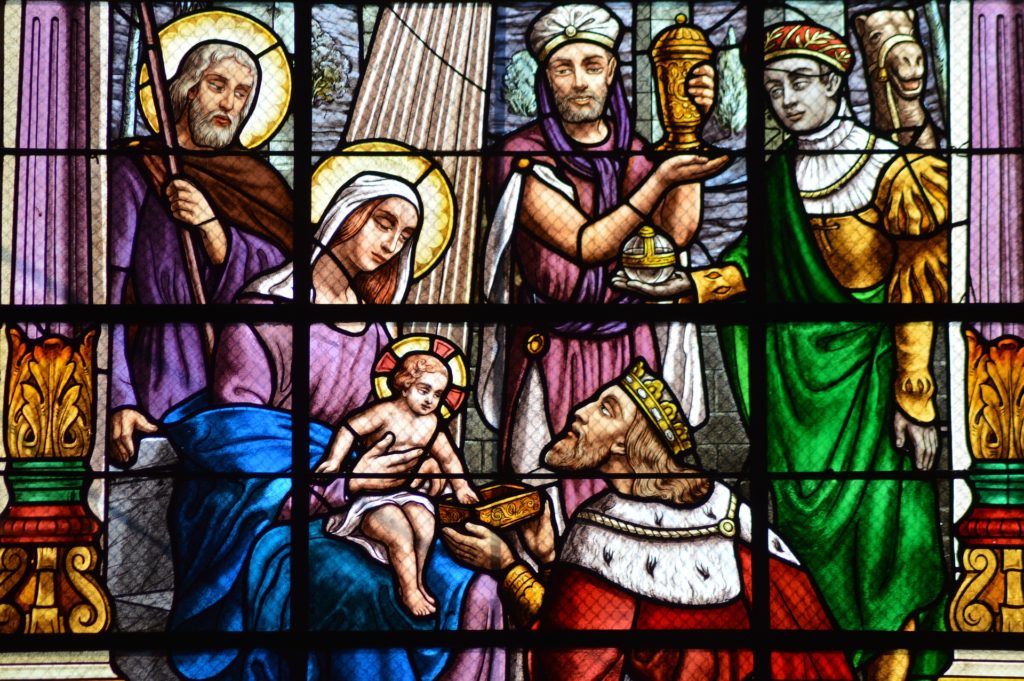
Nativity scenes often depict the magi as being present the night of Jesus’ birth. Alternatively, some traditions suggest that they arrived 12 days after the birth of Christ in correlation with the 12 days of Christmas.
However, an analysis of the gospels presents a different picture. According to Matthew 2:13, Joseph took the family and fled to Egypt shortly after the visit of the magi. Meanwhile, Luke 2:22 records that Joseph and Mary took Jesus to Jerusalem to present him to the Lord. The visit to Jerusalem must have occurred before the visit of the magi, since it seems unlikely that the family would have ventured so close to Herod’s palace while he was seeking to kill Jesus.
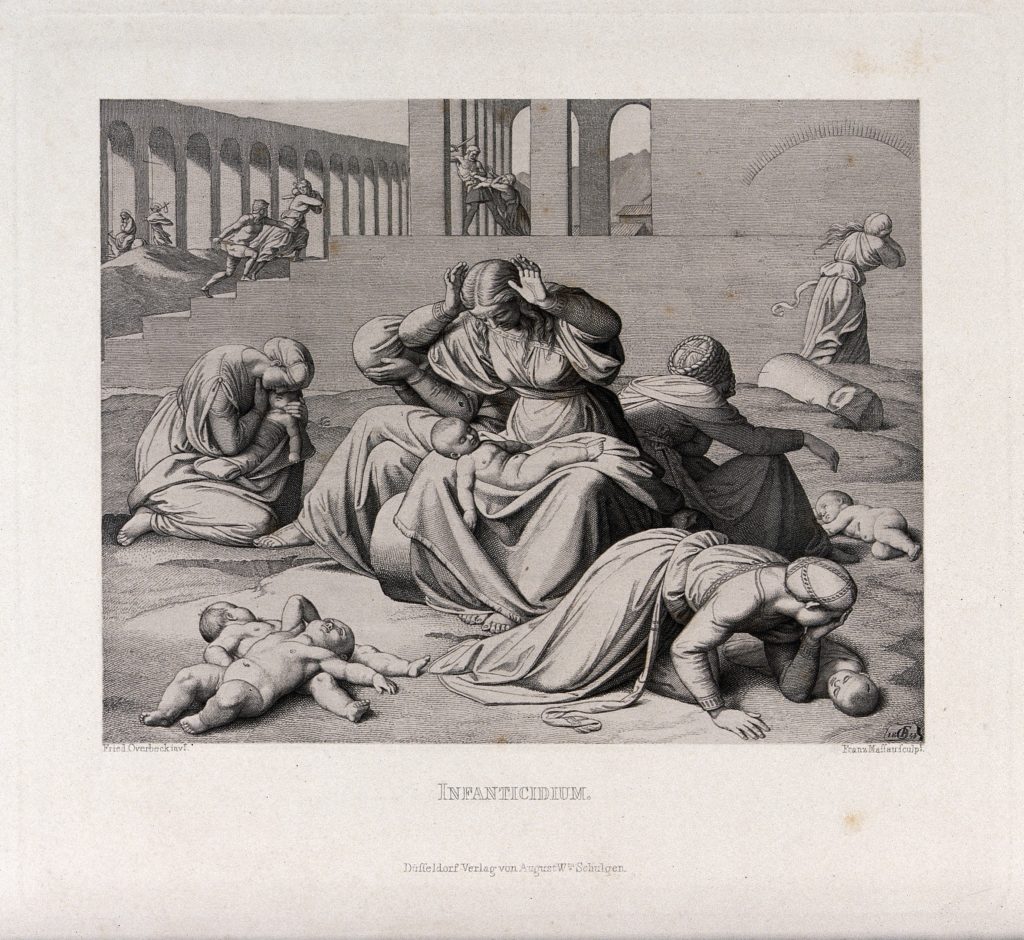
According to Leviticus 12:2–7, when a woman gives birth to a son, she must go to the priest and make an offering 40 days after giving birth. Therefore, the visit of the magi must have occurred at least 40 days after the birth of Christ.
Matthew 2:16 also sheds light on this issue. Here, we learn that Herod massacred all the male children under two years of age in and around Bethlehem.11 He based the two-year-old cutoff on the timeframe that he had learned from the magi. Thus, when the magi visited Jesus, he was at least 40 days old, but no more than two years old.
Star of Wonder, Star of Light
What Was the Christmas Star?
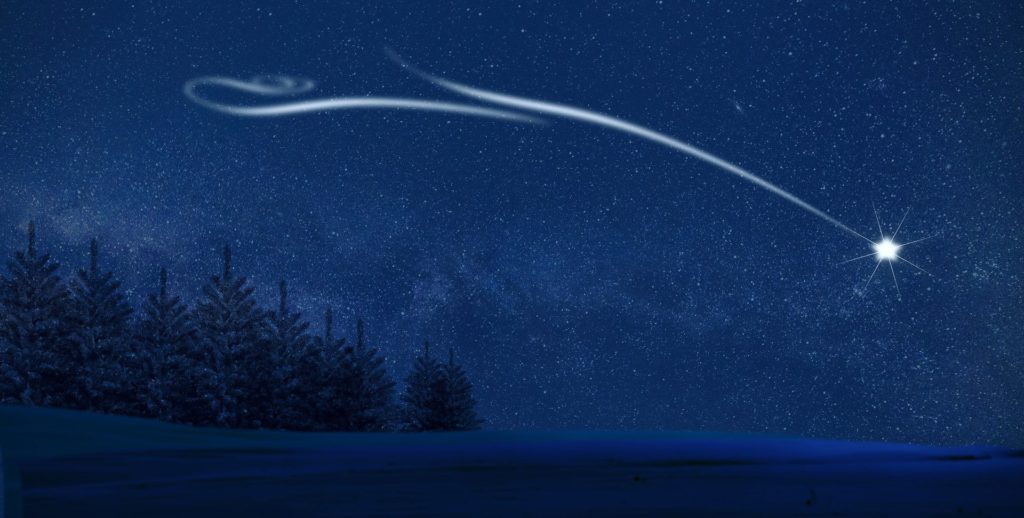
Theories abound regarding the nature of the star that guided the magi to the home of Joseph and Mary. The Greek word aster can describe a variety of lights in the night sky such as meteors, comets, planets or stars. However, a meteor, or “shooting star,” would have burned out too quickly to guide the magi, making it an unlikely choice. It is also unlikely that the Christmas star was a comet, since ancient astronomers viewed comets as omens of evil. Another theory is that the Christmas star was a supernova. However, there is no record of a supernova occurring around the time of Christ’s birth.12
One of the more popular theories is that the Christmas star was a conjunction of two planets. For example, on June 17 of year 2 BC, a conjunction of Jupiter and Venus occurred.13 Alternatively, Molnar14 has proposed another cosmic event, a lunar eclipse of Jupiter, as the Christmas star.
While these theories are interesting and have some merit, there are some problems. Conjunctions of planets are rare, but not unknown. A conjunction of Jupiter and Saturn occurs every 20 years.15 Surely the magi, who were expert astronomers, were familiar with planetary conjunctions. Would such an event merit a long journey to a foreign land?
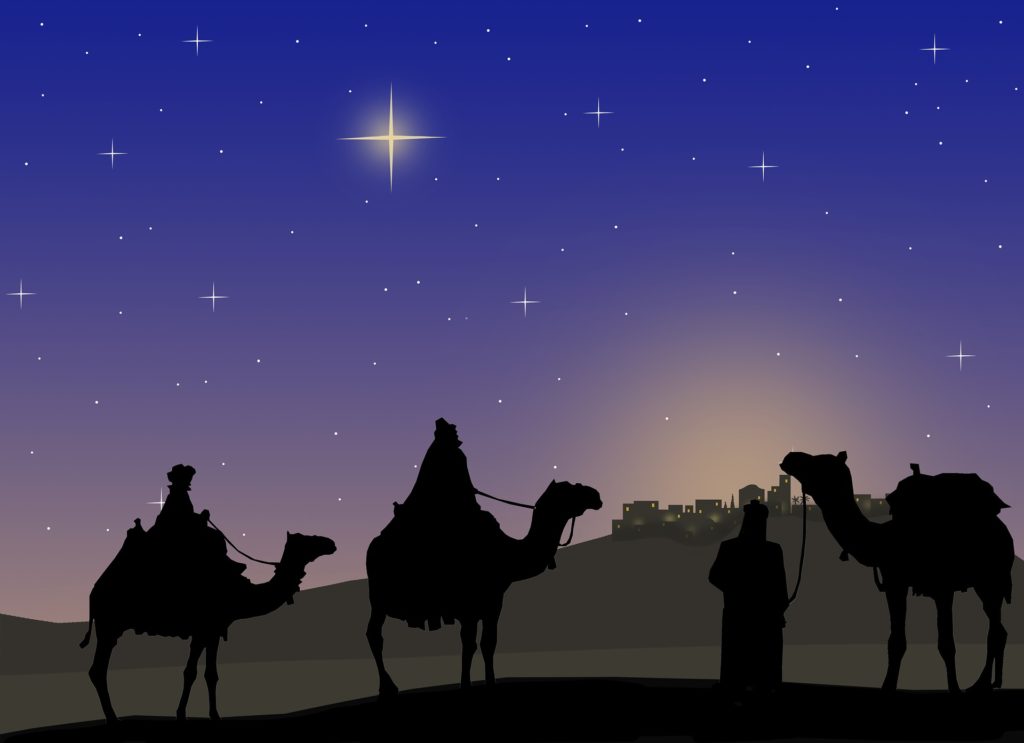
Another problem stems from the fact that, from the perspective of Earth, natural objects in the sky move from east to west. Therefore, the magi may have followed a planetary alignment from the east to Jerusalem. However, it is hard to explain how it could have led them to the exact location of Jesus after their arrival in Jerusalem.16
Another possibility is that the Christmas star was a supernatural object. Just as the light that shone on Saul of Tarsus (Acts 9:3) and the pillar of fire (Exodus 13:21) were supernatural lights, the Christmas star may have been a manifestation of God’s supernatural ability to create light.17 If this is the case, the Christmas star would have stood out to the Magi as something they had never seen before. It could have freely moved in any direction, guiding the Magi first to Jerusalem, then to the home of Jesus.
In the Bleak Midwinter
When Was Jesus Born?
For almost 1,700 years, western Christians have celebrated the birth of Christ on December 25. This date differs only slightly from the preferred date of January 6 in eastern Christian traditions. But when was Jesus really born?
Was He Born in the Fall?
Some scholars have attempted to tie the birth of Christ with the Feast of Tabernacles, which occurs in the fall. John 1:14 states, “and the Word was made flesh, and dwelt among us.” Dwelt literally means tabernacled, so this verse could imply a connection between the birth of Christ and the Feast of Tabernacles.
However, there is little if any historical support for this theory. Additionally, the symbolism of the Feast of Tabernacles fits better with the second coming of Christ than his first coming.18
Was He Born in The Spring?

Some scholars have contended that it is likely that Mary gave birth to Jesus in the springtime. One reason for this view is that, according to Luke 2:8, there were shepherds keeping watch over their flocks by night. Some suggest that it hardly seems probable that shepherds would keep their flocks pastured in the fields in the cold of wintertime. More likely, the shepherds would keep watch in the fields at night during lambing season, presumably in the springtime.
However, while this sounds like a sound, logic-based argument, it has some problems. Due to the mild climate in the region of Judea, shepherds were (and still are) able to keep their flocks pastured in the fields year round. Unlike in northern climates, the birthing season for lambs in Judea was in December and January.19 Additionally, it was a common practice for shepherds to stay in the fields with their flocks overnight throughout the year.20
For those who believe that the Christmas star represented a planetary alignment, the date of known cosmic events plays a role in determining the date of Christ’s birth. For example, the planetary conjunction promoted by Martin21 occurred on June 17 of year 2 BC. The lunar occultation of Jupiter occurred on March 20 of year 6 BC.22 Both of these events are candidates for the Christmas star. Therefore, both of these dates are possible birth dates for Jesus. However, as noted above, there are problems with this argument. These suggested dates only point to a springtime birth of Christ if one of these planetary alignments actually was the Christmas star. If not, these springtime dates have no connection with Jesus’ birth.
Was He Born in the Winter?
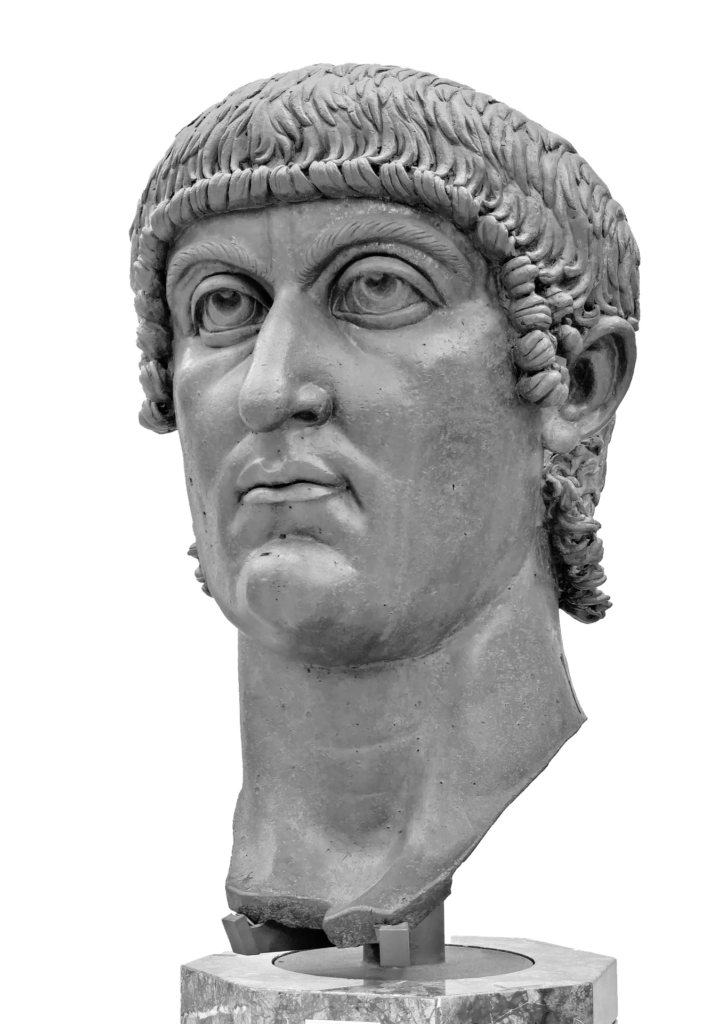
The traditional view that Jesus was born in the wintertime holds the most historical support. Some researchers have suggested that Roman rulers declared December 25 to be Jesus’ birthday in order to tie the event with a pagan festival day. However, the tradition of Jesus’ winter birth goes back over a hundred years before Constantine legalized Christianity in the Roman empire. Irenaus, a church father who wrote in the late second century AD, stated that Mary conceived on March 25 and gave birth on December 25. Sextus Julius Africanus, a historian from the late second and early third centuries AD, also noted that the conception occurred on March 25.23
Another clue regarding the date of Jesus’ birth may appear in Zacharias’ service in the Temple. Although there is some disagreement regarding when Zacharias met the angel of the Lord in the temple, it may have occurred in connection with Yom Kippur, also known as the Day of Atonement.24 If this is the case, then Elizabeth would have become pregnant in late September or early October. According to Luke 1:26, Mary conceived in the sixth month of Elizabeth’s pregnancy, which would extrapolate out to a late December or early January date for the birth of Jesus.
So, although it is possible that Jesus was born in the fall or the spring, it seems quite plausible that his birth occurred in the wintertime.
Conclusion
A textual, historical, and archaeological study of the birth of Jesus helps shed additional light on the well-known Christmas story. In some ways, it can challenge what we think we know, but it also helps us to better understand the historical context surrounding Jesus’ birth, and provides a clearer understanding of the event.
However, the message of Christmas remains unchanged. Jesus, the Son of God, took on human flesh and entered the world as a newborn baby, just like you and I. He lived a sinless life, yet died as a criminal to pay the penalty for all the sins of all people. He rose from the dead, ascended to heaven, and has offered salvation freely to all who believe in Him. Through Him, we can have the hope of an eternal future in heaven with God.
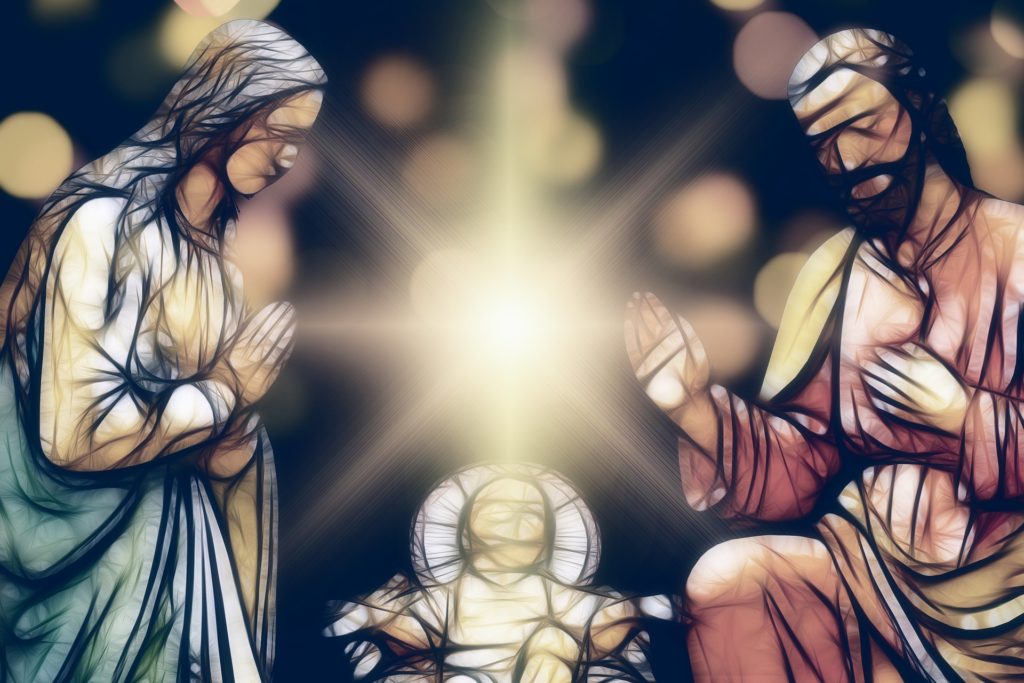
Footnotes:
- There were multiple Roman censuses taken in the years surrounding the birth of Jesus. Papyri from the first and second centuries AD attest to a practice in the Roman Empire of requiring people to return to their ancestral homes for censuses. The census that took Joseph and Mary to Bethlehem may have been the second census of Emperor Augustus, issued in ca. 8 BC (Kennedy, 2019; see Footnote 20). Alternatively, it could have been a census that occurred in 6 BC. This census was for taxation purposes, and caused lasting turmoil in the region of Judea (Lanser, 2019; see Footnote 19). ↩︎
- Byers, Gary. 2020. “Away in a Manger, But Not in a Barn.” Harvest Handbook of Bible Lands, edited by Steven Collins and Joseph M. Holden. Eugene: Harvest House Publishers. ↩︎
- Unlike the typical depiction of a wooden feed trough, ancient mangers in that area were made of stone and were often built into the home. Many homes featured a fenestrated wall made of alternating pillars and mangers that separated the stable area from the kitchen area. This provided access to the mangers from either side of the wall. This arrangement would make it easy to feed the animals, and Mary may have chosen the manger as a cradle because she could easily access it from wherever she was in the house. ↩︎
- Bailey, Kenneth. 2008. “The Manger and the Inn.” Associates for Biblical Research Website. ↩︎
- Bailey, 2008. (See Footnote ##) ↩︎
- Wood, Bryant. 2019. “Archaeology and the Birth of Christ.” Associates for Biblical Research Website. ↩︎
- Geating, William. 2005. “The Star of Bethlehem.” Associates for Biblical Research Website. ↩︎
- Lanser, Rick. 2017. “Where is He Who Has Been Born King of the Jews?” Associates for Biblical Research Website. ↩︎
- Kennedy, Titus. 2014. “The Magi and Jesus.” Apxaioc Blog. ↩︎
- Kennedy, Titus. 2014. “The Magi and Jesus.” Apxaioc Blog. ↩︎
- Questions have arisen about the validity of Matthew’s record of the massacre of the innocents. Surely secular historians would have recorded such a bloody event, if it had really happened. However, knowledge of Herod and of Bethlehem puts this event into perspective. First, Herod was a cruel and paranoid man who ordered the execution of his own wife and sons. Second, Bethlehem was a small village at the time. It is unlikely that there were more than 15 or 20 boys under the age of two. While the death of any child is tragic, this event was quite insignificant compared with Herod’s other exploits. It is not surprising that Matthew was the only historian who thought it worth recording. The discovery of toddler-sized ossuaries in first-century tombs near Bethlehem supports the historicity of the event. (Dadon, Mikel. 1997. “Burial Caves at Bethlehem.” Atiqot 32: 199–201, 51* ; also see this video). ↩︎
- Geating, 2005. (See Footnote 7) ↩︎
- Martin, Ernest L. 1991 “The Star of Bethlehem in History.” Associates for Scriptural Knowledge Website. ↩︎
- Molnar, Michael R. 1995. “The Magi’s Star from the Perspective of Ancient Astrological Practices.” Q. J. R. astr. Soc. 36: p109 109–126. ↩︎
- Geating, William. 2005. “The Star of Bethlehem.” Associates for Biblical Research Website. ↩︎
- Lisle, Jason. 2018. “The Christmas Star.” Biblical Science Institute Website. ↩︎
- Geating, 2005. (See Footnote 7) ↩︎
- Lanser, Rick. 2019. “Pinpointing the Date of Christ’s Birth.” Associates for Biblical Research Website. ↩︎
- Lanser, Rick. 2019. “Pinpointing the Date of Christ’s Birth.” Associates for Biblical Research Website. ↩︎
- Kennedy, Titus. 2019. “The First Christmas and the Birth of Jesus.” Apxaioc Blog. ↩︎
- Martin, 1991. (See Footnote 13) ↩︎
- Molnar, 1995, 109. (See Footnote 14) ↩︎
- Kennedy, 2019. (See Footnote 20) ↩︎
- Kennedy, 2019. (See Footnote 20) ↩︎

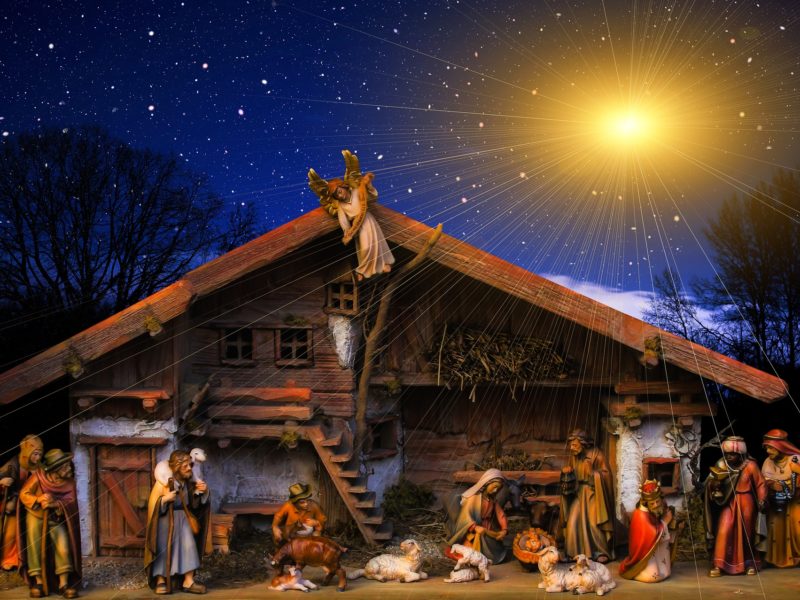
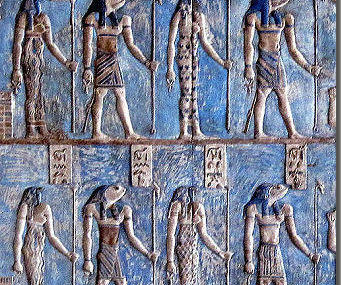
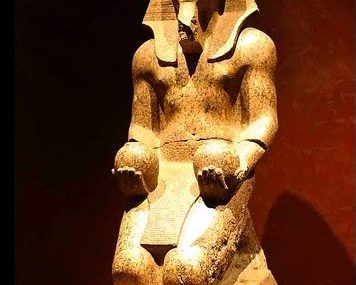
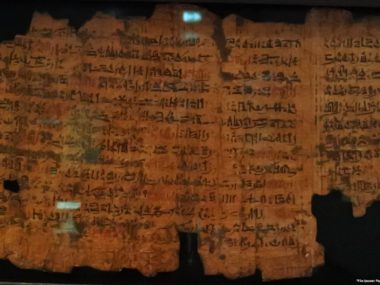
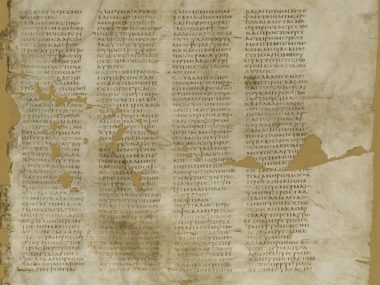
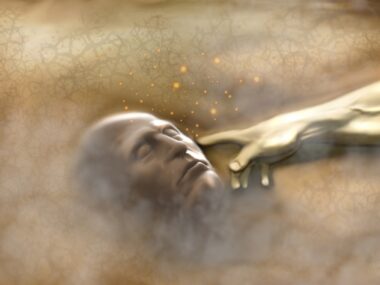





Thank you, Abigail – very informative and thought-provoking. A thought on the “Christmas Star” section: you seem to suggest that the magi followed the star from the East *to* Jerusalem (the stereotypical, traditional view). But that is not what Matthew’s account says. In fact, it seems to imply that they did NOT follow the star TO Jerusalem, but simply went to Jerusalem in response to having seen the star while in their home country. That, coupled with their perplexation at finding no prince/king having been born in Jerusalem (and King Herod’s own apparent perplexation at the matter), would seem to explain why they were “overjoyed” at seeing the star again (after they left Herod for Bethlehem to resume their search) and having it guide them to the place where Jesus was – they must have left Jerusalem feeling rather flummoxed. One additional note: the disparate appearances of the star, and yet the magi’s apparent ability to recognize it as the same star in both instances, seems to me to be fairly good evidence in favor of the star being a supernatural object.
Hi Dave,
Thanks for sharing. I appreciate the point that you made. You are correct; the text does not state the magi followed the star from their home country to Jerusalem, a fact which I didn’t pick up on when I wrote the article. Matthew does, however, indicates that the star moved to guide the magi from Jerusalem to the place where Jesus was. There is some discussion on whether the wisemen visited Jesus in Bethlehem or to Nazareth, another topic that I didn’t visit in the article. Either way, you are correct, this point strengthens the argument for the star being a supernatural object. Contrary to the guidance mentioned in Matthew, natural objects in the night sky appear to move from east to west, so it seems that one could have guided the magi from the east to Jerusalem, but not south to Bethlehem or north to Nazareth.
Thank you Abigail. I love to read articles and books that get down into the meanings of words and unravel mysteries of the past. The author, Steven M. Collins, did some research into the Lost Tribes. In one of his books he talks about Parthia, and that the Magi were from there. Parthia and Rome went to battle several times, but at the time around Christ’s birth, there was a truce that allowed many events to happen. He also believed the Magi came long after Christ was born, and the procession that accompanied them would have been a large scale Parthian convoy that would have left locals in awe. He also wrote the Magi would have been keeping track of lineages of King’s, because the Parthians were of Israelite origin, but not the prisoners that Babylonians took.
No matter what the actual backstory is, Christ was born and died for all of us sinners.
Thanks for the article,
Justus Pettit
Hi Justin, thanks for sharing!
Abigail, stars in the ancient world were often correlated to angels. For example, in Rev.1, Jesus interprets the content of His hand when He notes that the stars are the “angels” of the Church. Princeton theologian, Dale C. Allison, noted the following:
Finally, consider the amount of angelic activity shortly before and during Jesus’ birth.
Hi Hector,
Thanks for your input. The current understanding of stars and angels may well have played a role in how people at that time understood the events surrounding Jesus’ birth.
The Bible states the magi visited the baby in a house. Also the saw the star, and then travelled, a journey which may have taken months and also with support of an entourage.
Hi Norma, Yes, you are correct on both points. However, these clues don’t help very much with pinpointing the timing of the magi’s arrival. Jesus was likely born in a house and probably continued to live in one for quite some time. Regarding the star, yes, we know that it appeared and then the magi made a long journey, but we don’t know when the star appeared: before the birth, at the time of the birth, or after the birth. We only know that the wise men arrived in the area after the birth of Jesus.
I know this is a really old post but I did want to add something for consideration.
Jesus died at 33.5 years old. If we count back from nissan 14 half a year it would put us as tishri 14. Tishri 10 is yom kippur. I think it would be highly likely that God make Jesus be born on or near the day of atonement for the lamb who takes away the sin of the world. It also fits quite well with a ton of other data points.
I understand that it’s possible that there could have been sheep could be grazing in December, however do you think Jesus would have been born in the winter knowing that there would have been high risk of Jesus catching ammonia with it being cold? Yes I understand that the average temperature would have been between 40-50, however let’s talk a little football. I know that a running back that rushes for 18 TDs in a season averages 1 TD per game, however I know that when you look at the stat sheet there’s going to be a lot of 0s. Therefore likewise in the month of December there’s going to be plenty of cold nights. So to me I am more concerned about Jesus then the sheep.
Hi Lucas, That is an interesting consideration. If Jesus (like a lamb) had been born in an open field, I would share your concern. However, I think that you are failing to take into account that Jesus was born in a safe, sheltered indoor space, wrapped up warmly in swaddling clothes, and laid in a cozy manger. Also, his mother was close at hand to keep an eye on him and protect him from harm.